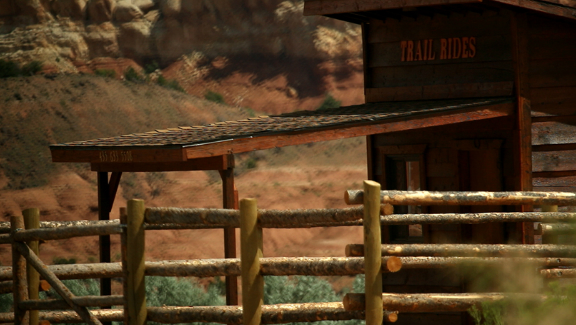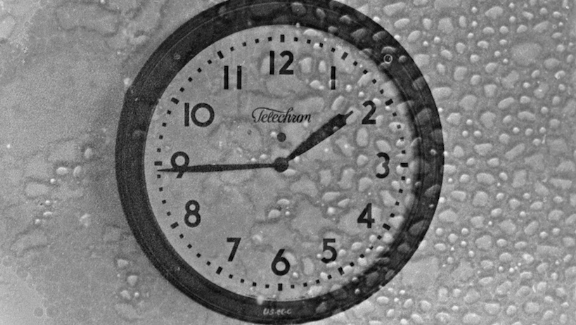Everything Is Everyday
Synopsis
Details
- Year
- 2011
- Type of project
- Shorts
- Running time
- 10 mins 17 secs
- Format
- HD
- Director
-
Patrick Tarrant
- Editor
- Patrick Tarrant
- Principal cast
- Barry Evirid
Genre
Categories
Production Status
Page updates
This page was last updated on 12th May 2025. Please let us know if we need to make any amendments or request edit access by clicking below.
See also
You may also be interested in other relevant projects in the database.
 The Trembling Giant
The Trembling Giant
Director: Patrick Tarrant
Year: 2016
By shooting through the take-up reel of a 16mm film projector, this experimental nature documentary remediates the iconic landscape of the American south-west to unnerving effect. Official Selection BFI London Film Festival 2016 - Short Film Competition - Experimenta Strand
 Phi Phenomenon 2
Phi Phenomenon 2
Director: Patrick Tarrant
Year: 2015
"'Phi Phenomenon 2' is a 100ft restaging of Morgan Fisher’s 1968 film 'Phi Phenomenon'. Shot on out-of-date stock, and featuring a clock fortuitously found on ebay, the film is the result of multiple experiments with hand processing in a rewind tank. Fisher's film adresses the fact that, as with the phi phenomenon, we see movement in film where no actual movement is presented to the eye... To grapple with movement here is to grapple with both speed and transparency, and in this remake the transparency of the apparatus is foregone so that the slow speed of the minute-hand must compete with the fast and furious activity of the animated artefacts rattling through the projector to film's own beat." Patrick Tarrant Official Selection BFI London Film Festival 2015 - Experimenta Strand
 Dancing on Road
Dancing on Road
Director: Lauren Gee
Year: 2024
Documenting and celebrating the Black British female roller-skating community, showcasing its long history and fixture within popular culture. Blurring the boundaries between documentary and music video, this experimental film reveals the expansive network of London’s Black skate scene through two key individuals that share their stories and delve into what this space and their skate crews and mentors provide them. This joyous exploration gives visibility to a subculture that to many outsiders is unknown but is made familiar through its nostalgic lens which pays homage to the sports DIY and music-led roots. Official Selection Trinidad and Tobago Film Festival 2025